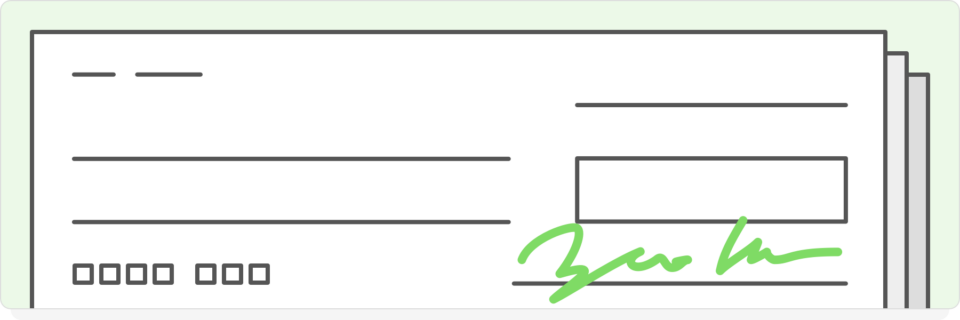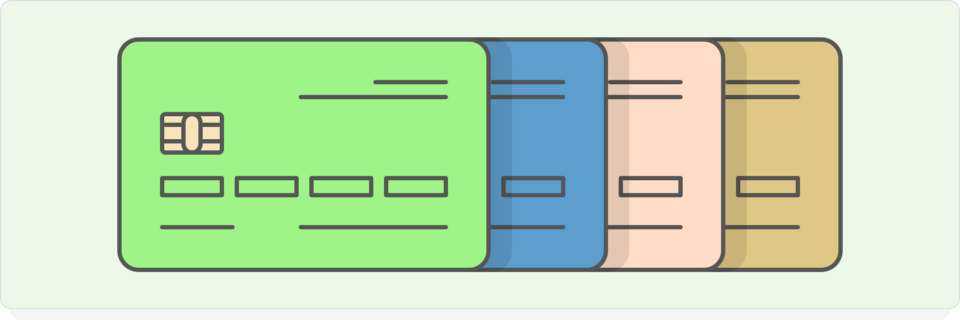How To Pay Employees: 4 Methods
Try When I Work for free
Thinking about starting a new business? Already launched your venture? Either way, you’ll have lots of big decisions to make. One of them is deciding how to pay your employees.
There are multiple ways to tackle this important process. You can issue paper checks or pay them in cash. Alternatively, you can go with a modern approach like direct deposit. Before you make your decision, it’s important to familiarize yourself with how small business payroll works.
This post will cover the four primary methods of paying employees so you can decide which option is the best approach for your company.
Here are five important things you need to know about how to pay employees:
- Most employees prefer direct deposit.
- Some businesses still offer paper checks.
- Paying in cash is tedious and hard to track.
- Using software can simplify payment disbursement and prevent waste.
- Automating your payroll can improve compliance and avoid errors.
Table of contents:
- How does the payroll process work for small businesses?
- How to pay your employees: 4 common methods
- How payroll software can make it easier to pay your employees
How does the payroll process work for small businesses?
Before you can start running payroll, you’ll need to take care of a few basics. To begin, you must gather employee information, including:
- Name
- Valid form of identification
- Valid mailing address
- Social Security number
- Relevant documents
Next, you’ll need to identify each person’s role and hourly rate. After that’s done, you can start tracking employee hours. This can be done with paper timesheets or computer systems.
Once you’ve tracked the hours, calculate their earnings. This is the simplest part. Just multiply their total hours worked during the pay period by their hourly rate (e.g., 40 hours x $20 = $800).
Now, you are ready to deduct taxes and other fees, such as health insurance premiums or retirement contributions. These deductions are required by law and vary based on factors like income level. After that’s done, you can issue payment using your preferred method.
Finally, maintain accurate records of payroll transactions for tax and compliance purposes. This includes tracking hours worked, earnings, deductions, and how employees were paid.
How to pay your employees: 4 common methods
There are only a handful of options when it comes to deciding how to pay employees. These methods include:
1. Direct deposit

As the name suggests, a direct deposit involves depositing someone’s pay straight to their preferred checking or savings account. This electronic payment method eliminates the need for paper checks. Direct deposit is by far the most popular payment method among U.S. workers. In fact, 95% of U.S. employees receive their pay via direct deposit.
Offering direct deposit is a no-brainer for most employers because it brings many advantages. For employees, getting funds sent straight to the bank is quick and easy. They don’t have to commute to their financial institution or keep up with a physical check. Many banks even offer early deposits, meaning employees can access their funds 24 to 48 hours before payday.
From an employer’s perspective, direct deposit offers better security and reduced administrative costs. Once you set up your payrolling software, the entire process is automated. Additionally, you’ll have detailed records for tax and compliance purposes.
Add a payroll integration to save more time! Learn more about our available integrations and see how you can simplify scheduling and payroll for your team.
2. Traditional checks

Traditional checks are paper payments issued to employees. They’ll have to endorse and then deposit the check at their bank. While checks are a familiar payment method, they can be time-consuming to process. There’s also a greater risk of errors or fraud.
Distributing physical checks places an added administrative burden on your team. You’ll need equipment to print checks and a system for passing them out every payday. You might even need someone to oversee payroll processing, which represents a huge expense. As a small business owner, these added expenses can be tough to take on.
3. Pay cards

Pay cards are not very common, but they offer a happy medium between traditional checks and direct deposit. You can use these reloadable cards to pay employees electronically.
Here’s how it works. First, you issue each employee a card that looks a lot like a standard debit card. During each pay cycle, you’ll electronically add funds to the card. The user can withdraw money, swipe it to complete purchases, or input the card number for online transactions.
These instruments offer a convenient payment option for employees who may not have access to traditional banking services. However, pay cards may come with fees and limitations, such as ATM withdrawal limits. As a result, employees may have limited access to their wages.
4. Cash

The last option is cash. Paying workers in cash is extremely rare. Typically, businesses only engage in this activity for casual or temporary work arrangements. For instance, if someone comes to work for your lawn company for a single day due to a shortage, you might pay them a day’s wages in cash.
Cash payments offer immediate access to funds, but they have lots of drawbacks. Carrying a lot of money around can be risky. You will also have difficulty keeping track of cash payments, and this problem can create compliance and reporting issues.
How payroll software can make it easier to pay your employees
Adopting a leading payroll software can help you overcome common payroll issues and simplify your to-do list. For instance, the top solutions can automatically track employee hours and transfer this information to your accounting software. This means you can ditch manual processes and limit tracking errors.
That’s not all. The best platforms also double as employee scheduling software. The app can automatically compare each person’s actual hours worked against their scheduled shifts. If there’s a discrepancy, you’ll know about it. Use this information to address absences, ensure accuracy, and avoid under or overpayments.
While there are lots of solutions out there, When I Work stands above the rest. It’s a comprehensive platform for small businesses looking to streamline payroll processes. With features like automatic scheduling, a time clock, team messaging, payroll integrations, and compliance it can improve collaboration between you and your staff.
When I Work also boasts an intuitive interface. It’s loaded with user-friendly tools to make your day-to-day quick and easy. Oh, and it’s affordable. We offer low per-user per-month pricing to keep your costs down.
When I Work preferred payroll partner
Make payroll simple with our preferred partner Rippling, an all-in-one platform for payroll, benefits, and compliance. Together, When I Work and Rippling help you save hours every week while reducing errors, staying compliant, and getting your team paid on time.

When I Work is here to help you pay your employees with ease
Want more ideas to win at payrolling? Check out our list of actionable tips for small businesses.
When you’re ready to take the leap in your payrolling journey, When I Work can help.
When I Work integrates seamlessly with payroll providers to save you even more time. Our payroll integrations, especially the one to our preferred partner, Rippling, help you connect scheduling and payroll in one streamlined workflow, so you can focus on running your business, instead of reconciling timesheets.
You’ll save time, reduce costs, prevent errors, and take the hassle out of payroll management. Sign up for a free trial today.






